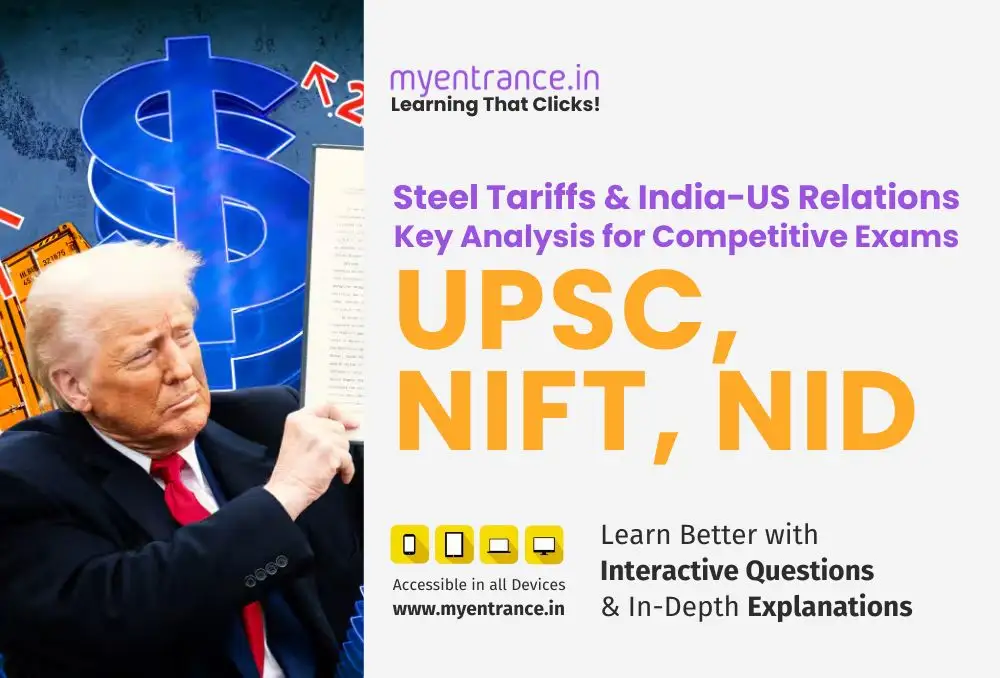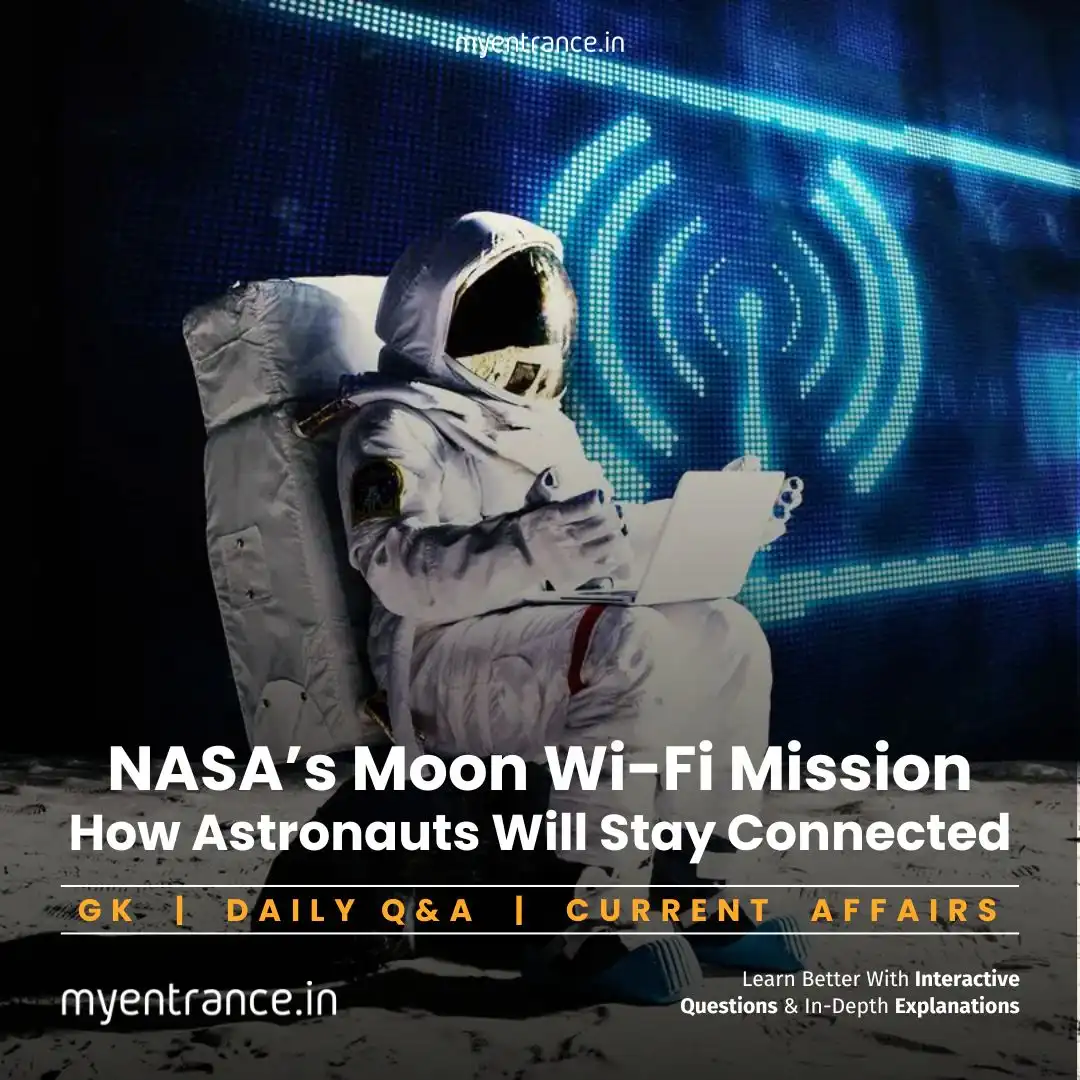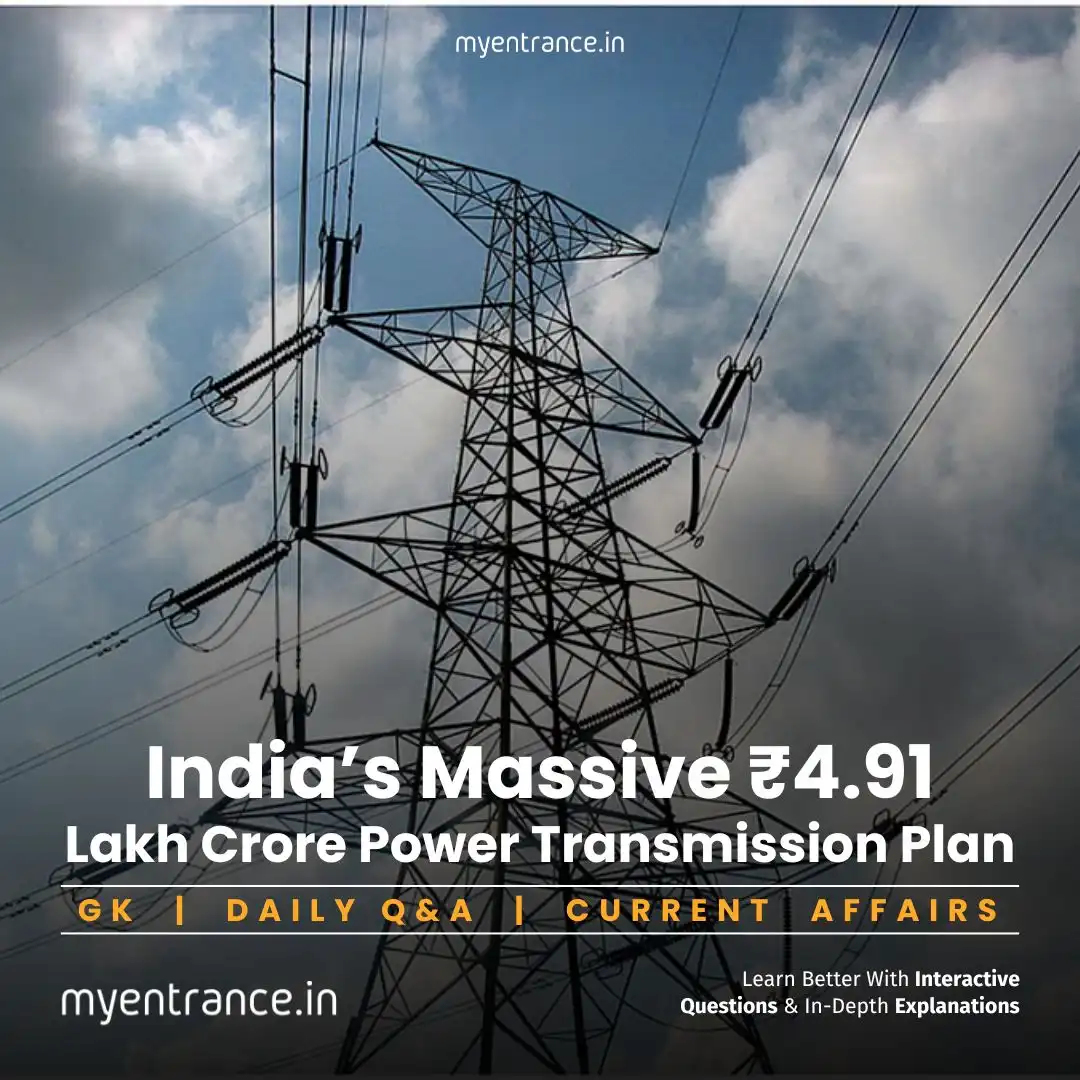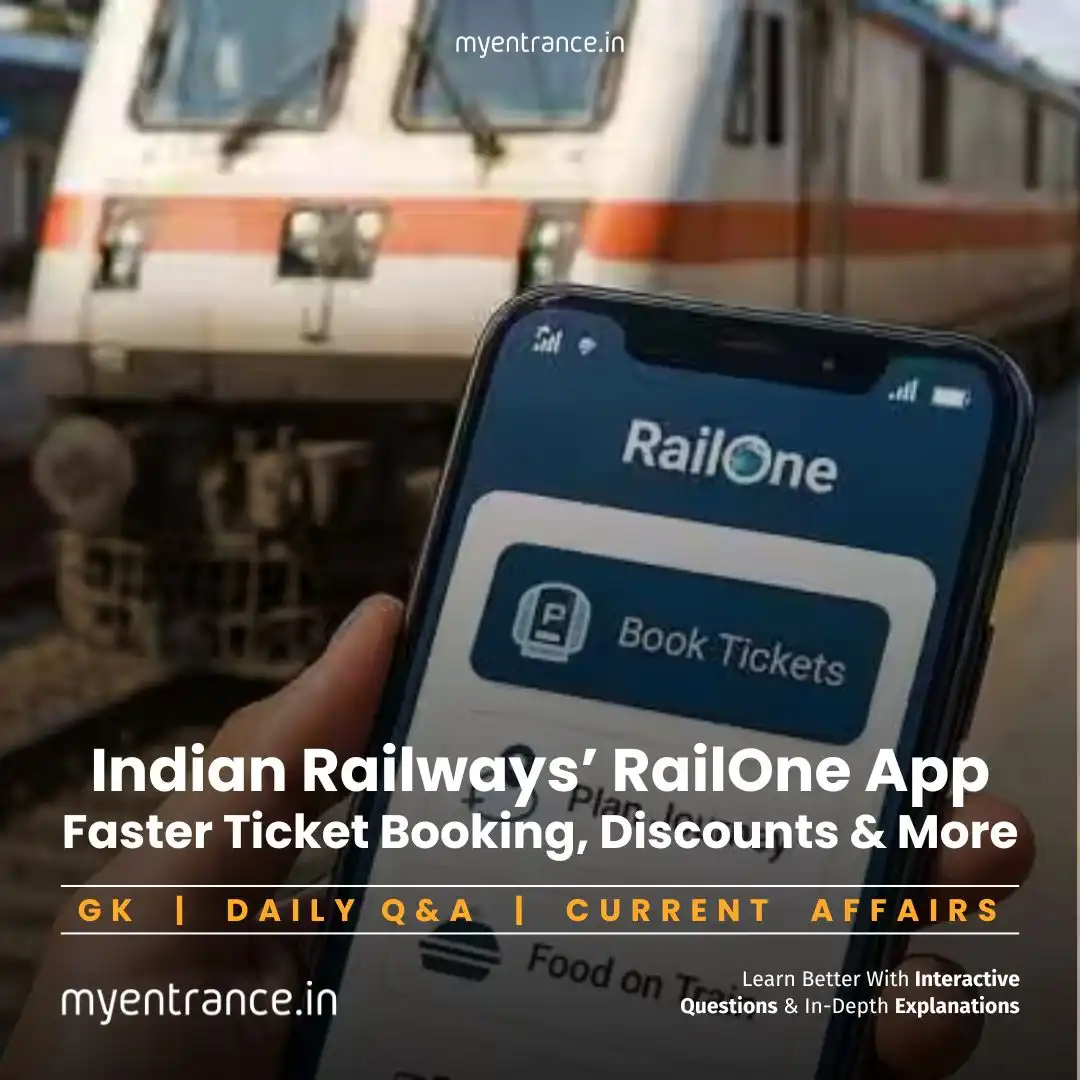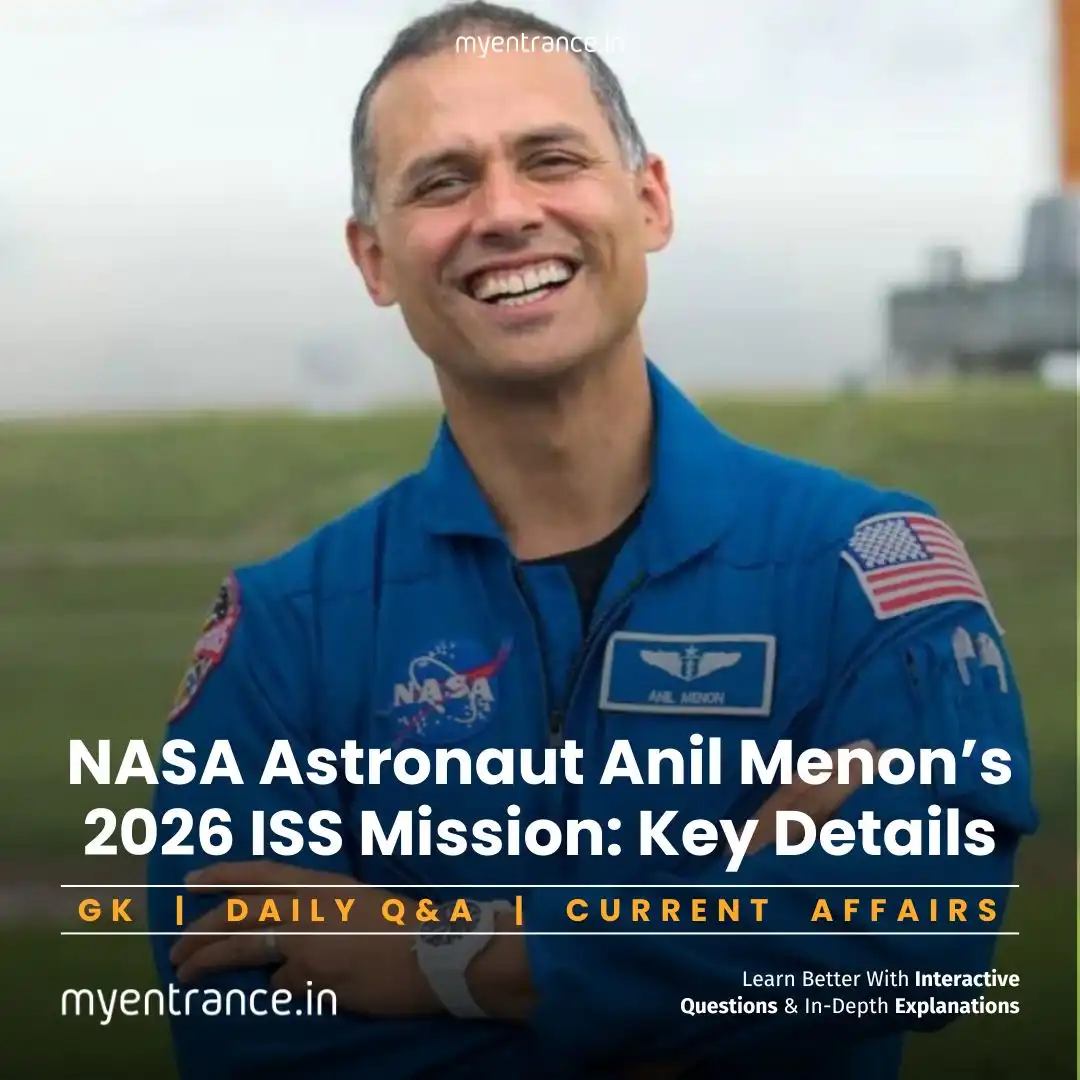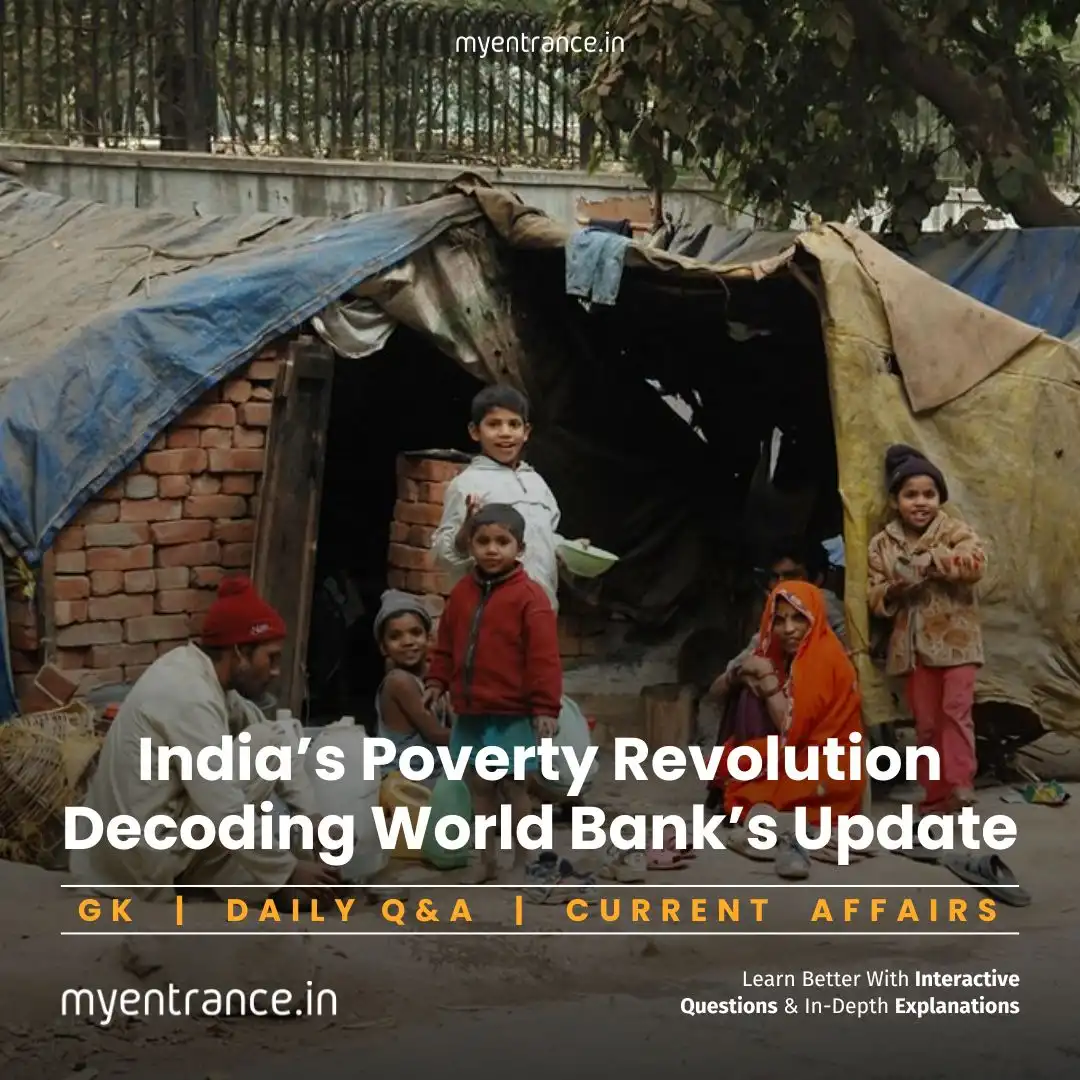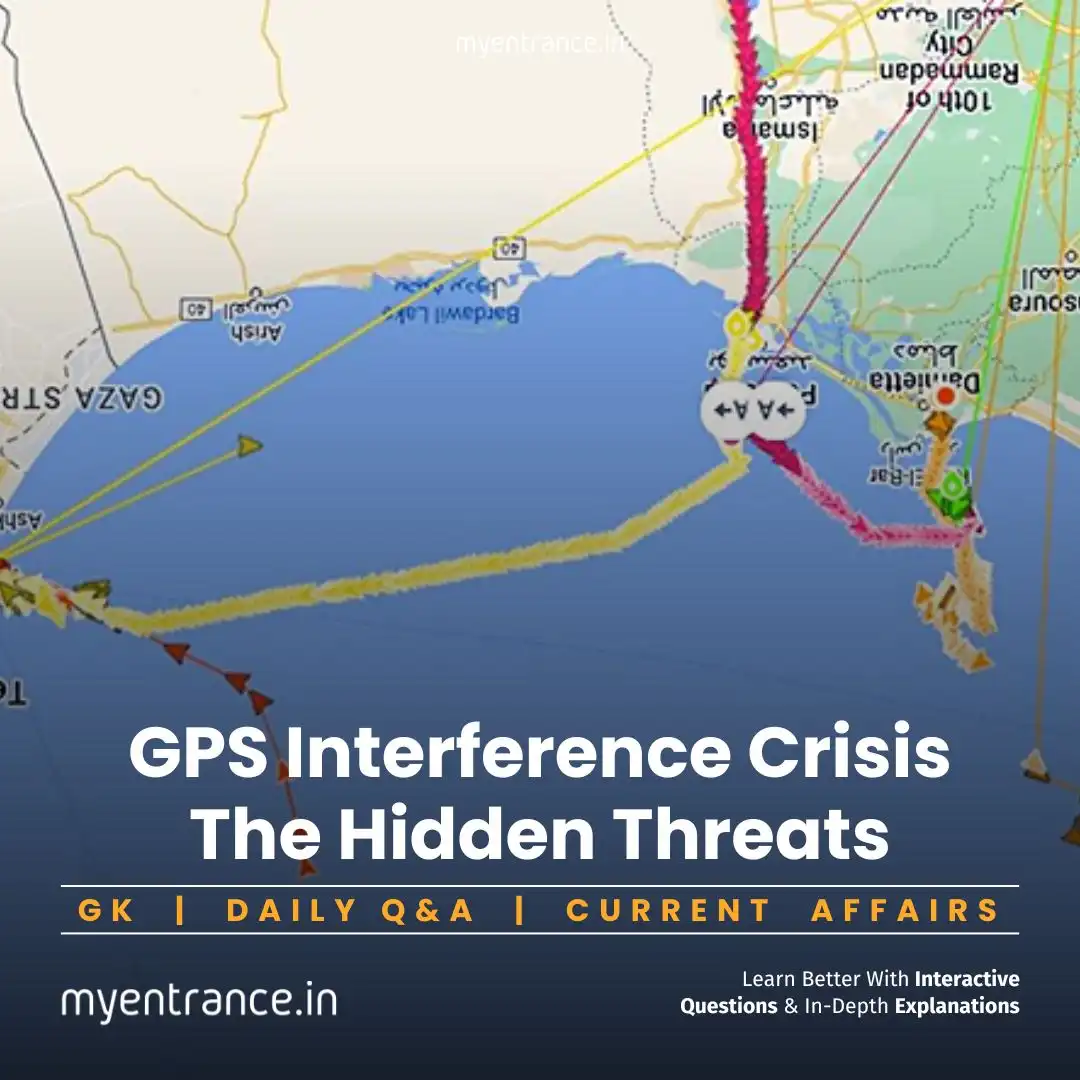Select Language
Steel Tariffs & India-US Relations: Key Analysis for Competitive Exams
The recent hike in US steel and aluminium tariffs marks a major shift in global trade dynamics, particularly impacting India. This development carries high relevance for UPSC aspirants, touching upon international relations, trade policies, and economic resilience.
Trump’s 50% Steel Tariffs and Their Ripple Effect on India-US Trade: UPSC Context
What Happened?
In a sharp policy turn, the US government—under former President Donald Trump—has raised tariffs on steel from 25% to 50% and on aluminium from 10% to 50%, effective from June 4, 2025. Justified under “national security” through Section 232 of the US Trade Expansion Act (1962), this move is aimed at reviving domestic industries and job markets in the US.
Why India is Concerned
India has termed the decision “unfortunate,” stating it will severely impact bilateral trade negotiations. The Engineering Export Promotion Council (EEPC) of India warns that around $5 billion worth of engineering goods, especially in steel and machinery, are at risk.
Key Concepts to Know for Exams
Tariffs: Import duties used to protect local industries and workers by making foreign goods more expensive.
TRQ (Tariff-Rate Quota): A hybrid approach allowing limited imports at lower tariffs, with higher duties applied beyond that quota.
Retaliation in Trade: Includes formal complaints via WTO and the imposition of counter-tariffs on goods from the originating country.
India’s Economic and Strategic Concerns
Export Losses: Engineering exports like auto parts and steel pipes face reduced demand due to higher US tariffs.
Stalled Trade Agreements: India’s request for a TRQ-based exemption, similar to the UK model, remains unresolved.
Global Market Impact: EU might introduce new checks on Indian goods; manufacturing shifts to Vietnam and Mexico could sideline Indian exporters.
Diplomatic Challenges: The tariffs come just as India is negotiating multiple FTAs and trying to enhance exports under the “Make in India” initiative.
The WTO Angle
The US claims “national security” to justify tariffs, but this is contested under WTO rules.
India has previously filed a dispute (DS547) against similar 2018 US tariffs.
The WTO’s Dispute Settlement Body is weakened due to US blocking appointments, limiting timely resolution.
India’s Game Plan
Market Diversification: Strengthening trade with EU, ASEAN, and African nations through Free Trade Agreements.
Focus on High-Value Products: Moving from raw exports to value-added products like advanced alloys.
Boost Domestic Demand: Channel surplus steel to infrastructure projects like Indian Railways and Sagarmala.
Diplomatic Outreach: Using platforms like QUAD to negotiate tariff relaxations or long-term trade partnerships.
UPSC Relevance
For Prelims:
Understanding Section 232 of the US Trade Expansion Act.
Key distinctions between TRQs and standard tariffs.
India’s primary exports to the US—engineering goods, petroleum products, diamonds.
For Mains:
GS-II: “Do unilateral tariffs by the US undermine multilateral trade systems?”
GS-III: “Can tariff-based protectionism align with India’s manufacturing goals?”
Essay: “Globalization under threat: Trade protectionism in the modern world.”
Sample Questions & Answers
1. What legal provision allows the US President to impose tariffs citing national security?
Section 232 of the US Trade Expansion Act (1962) empowers the President to impose tariffs if imports are considered a threat to national security.
2. What is the primary reason India is opposing the new steel tariffs by the US?
India argues that the increased tariffs will severely damage its engineering exports and hinder ongoing bilateral trade negotiations.
3. How does a Tariff-Rate Quota (TRQ) work?
A TRQ allows a certain quantity of imports at reduced tariffs; anything above that is subject to higher duties.
4. What countermeasures can India take under WTO rules?
India can either escalate the existing dispute (DS547) or impose retaliatory tariffs on key US exports like almonds and motorcycles.
5. How might India mitigate the economic damage from US tariffs?
By expanding trade with other regions, investing in high-value export products, and using surplus production in domestic infrastructure.
Most Predicted Questions
Comprehensive study materials, Expert-guided tips & tricks, Mock tests and instant results.
Start your SSC/ PSC/ NIFT/ NID journey today with MyEntrance, your ultimate online coaching platform.
